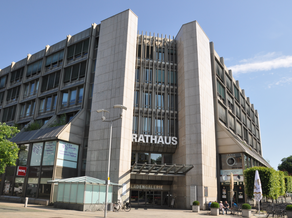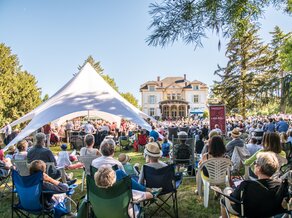After the war between Croatia and Serbia, in which Dubrovnik was partially destroyed in 1991, and the reconstruction, the city has once again developed into a tourist center. Dubrovnik offers a variety of cultural and sporting events, including the summer festival lasting several weeks in July and August, exhibitions by artists from Croatia and abroad, guest theater performances, concerts, the celebration of the patron saint St. Vlaho on February 3rd, sailing competitions, tennis and water polo. In addition to tourism and the extensive congress industry, the main economic sectors include the maritime industry, wine and olive growing as well as trade and commerce. Students can enrol in four faculties, including management and technology in tourism.
Changeable history
Even the Romans settled on the rocky promontory - Dubrovnik itself dates back to the 7th century. Initially under Byzantine rule, Dubrovnik became a free city republic in the middle of the 14th century and remained so until Napoleon occupied the city in 1806. The Congress of Vienna led to its annexation by Austria-Hungary. After the First World War, Dubrovnik became part of the new Kingdom of Serbs, Croats and Slovenes, from which Yugoslavia emerged after the Second World War.




